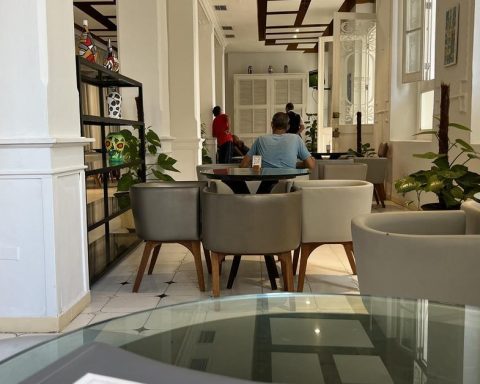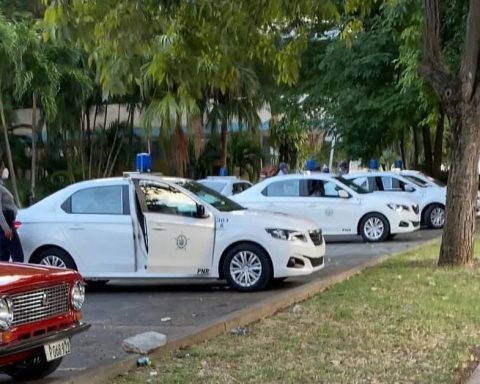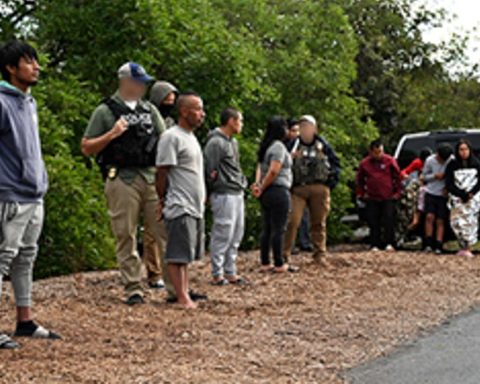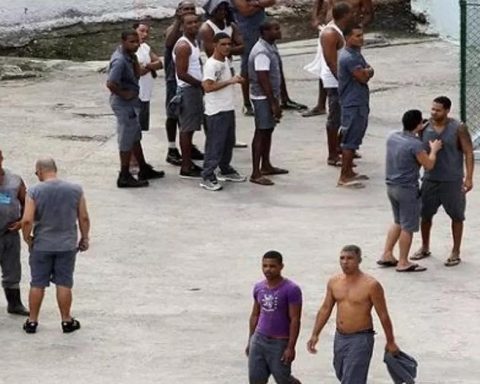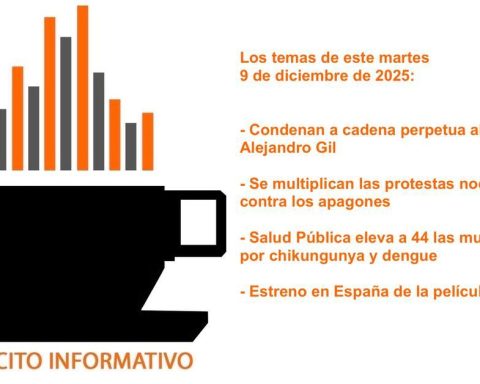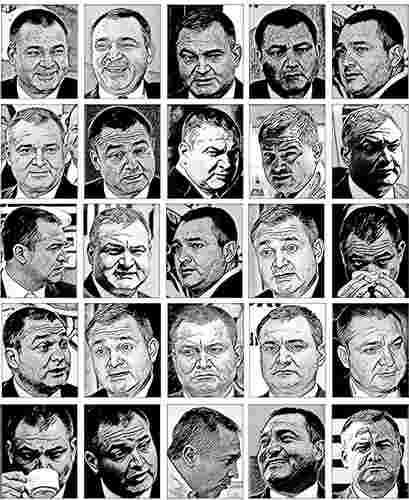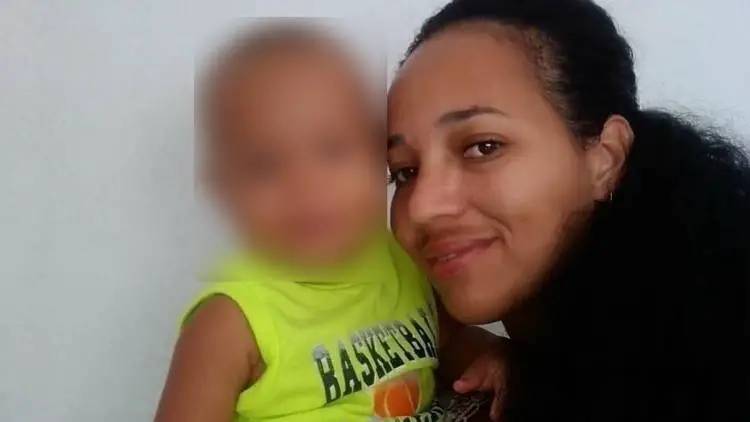Of the 13 funeral cars that the province of Las Tunas had, only four work. Two are in the head municipality, another two in Colombia and Jobabo. It is common for them to break down in full march to the cemetery or on the highway, while they try to cover the needs of the five remaining municipalities. The situation is untenable and the telephone for complaints at the Community Services office does not stop ringing.
Interviewed by the diary of the Communist Party in Las Tunas, the deputy director of Hygiene and Necrology of the province, Raúl Ernesto Martínez, describes a gloomy panorama that, he assures, “takes away his sleep.” The official claims to fully understand the “rage” contained in the complaints box, but he washes his hands of it.
“The fundamental cause of the low technical availability of the cars is the lack of tires and electrical components, mainly batteries,” explains Martínez, who promises a kind of alliance between various “organisms” to renew the vehicles, but so far the answer It has been slow or, as the deputy director defines it with a euphemism: “gradual”.
“They are going to support and contribute as they have in their warehouses the availability of technical and electrical parts, components and others to revitalize funeral transport,” he supposes.
It is possible that two more cars will be added to the province, but only “if the expected entry” of the vehicles from abroad materializes. Even so, Martínez clarifies, the government’s aid “continues to be little.” So far, all efforts to achieve what the official describes as “reinvigorating funeral transportation” have been in vain.
Discreetly, he describes other problems that, although beyond his responsibility, involve him: the poor state of the roads, the intricacy of some destinations, the lack of respect for the cars that border the funeral procession and the breakages due to the negligence of technicians and drivers. Added to this, of course, is the general lack of fuel, spare parts and modern vehicles that affects the Island.
It is possible that two more cars will be added to the province, but only “if the expected entry” of the vehicles from abroad is specified.
Families are the ones who suffer the worst part. The delay of the drivers and the bureaucracy of the Communal Services is well known. “The Community Directorate begins its operation after receiving the death report from the Health institution; sometimes we have people who die early, but the entire medical process has not been done postmortem which in some cases is delayed. And then everyone thinks that it is due to the absence of a sarcophagus or the lack of a hearse that the deceased does not arrive at the funeral home, and it does not always turn out that way,” admits Martínez himself.
“We want, if we have a deceased relative, that the service be provided as soon as possible. We would like to be able to do it, but we are not in a position,” he laments, according to newspaper 26, “no holds barred”. “It is comforting to know that alliances are being woven to reduce the dilemma and there is, at least at the end of the tunnel, a glimmer of light,” the newspaper concludes triumphantly.
The situation of funeral homes and cemeteries is not a priority for the Cuban government. Sporadically, the official press attests to the precariousness facing the sector. Exactly one year ago newspaper 26 performed the same promises than this week before a panorama that has hardly improved: only two of the 13 cars were working. At that time, the position was held by Héctor Feria Ávila, who also complained about the lack of availability, the lack of help and the need to ask for support from the neighboring province of Holguín, which is also unable to cope.
Although the current manager has not mentioned it, in Las Tunas any type of vehicle is also used to transport the deceased because, as Feria clarified in 2022, “they serve us in the same way.” Furthermore, on social networks, it is not uncommon to find images of coffins loaded on carts and towed by horses or oxen.
As for the cemeteries, their desecration has become common on the Island for ritual purposes to steal the bronze pieces from the pantheons. The terrifying images published last January by the official press of the San Carlos Borromeo cemetery, in Matanzas, expose a situation that is repeated throughout the country.
Broken coffins, open graves and the remains scattered on the ground of the cemetery were some of the elements visible in the photos. The desecrations increase due to the lack of custodians and the little security of the spaces, barely fenced off. The authorities’ response is as ineffective as usual: “We continue working in that direction.”
________________________
Collaborate with our work:
The team of 14ymedio He is committed to doing serious journalism that reflects the reality of deep Cuba. Thank you for accompanying us on this long road. We invite you to continue supporting us, but this time becoming a member of our newspaper. Together we can continue transforming journalism in Cuba.

